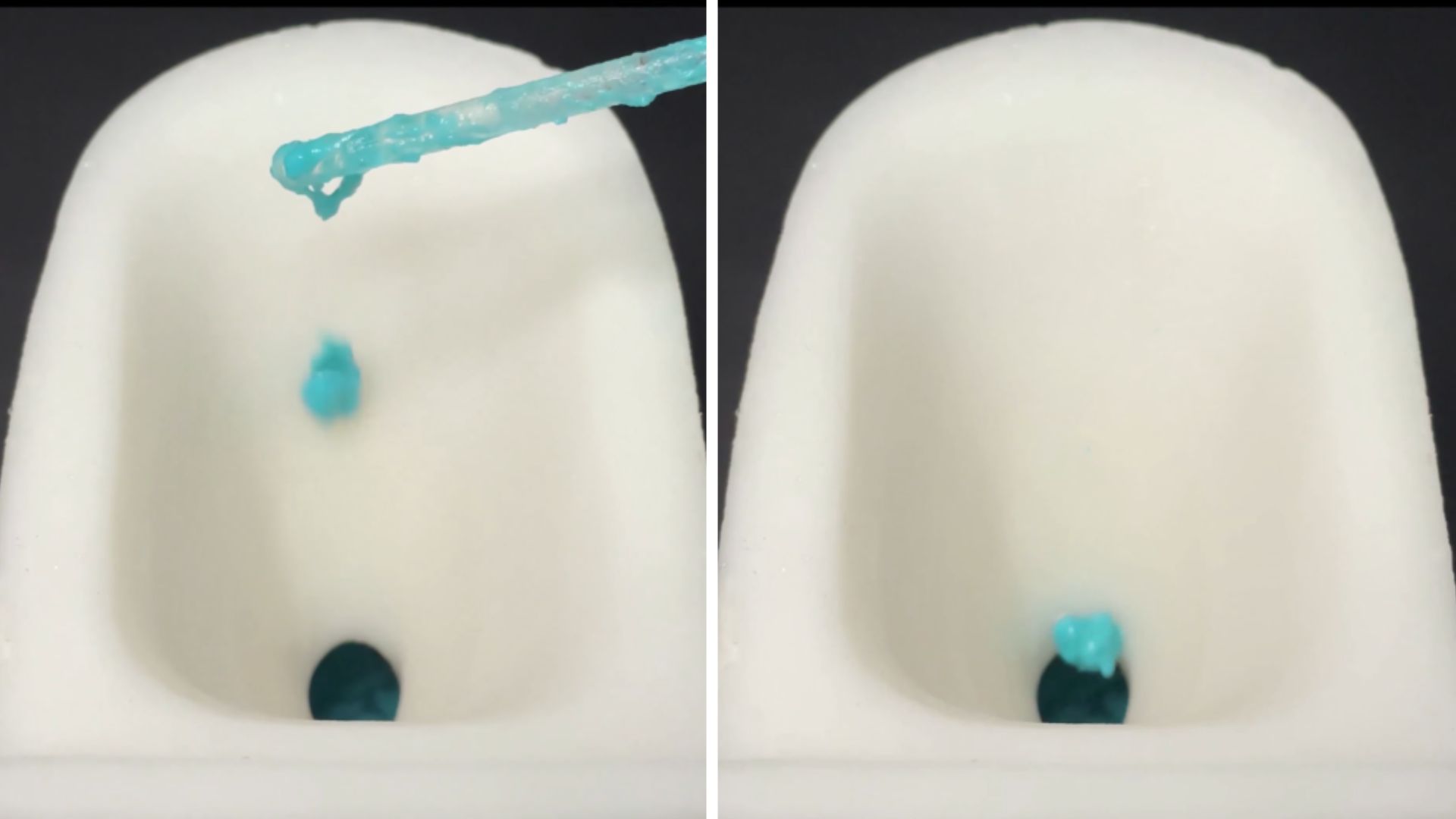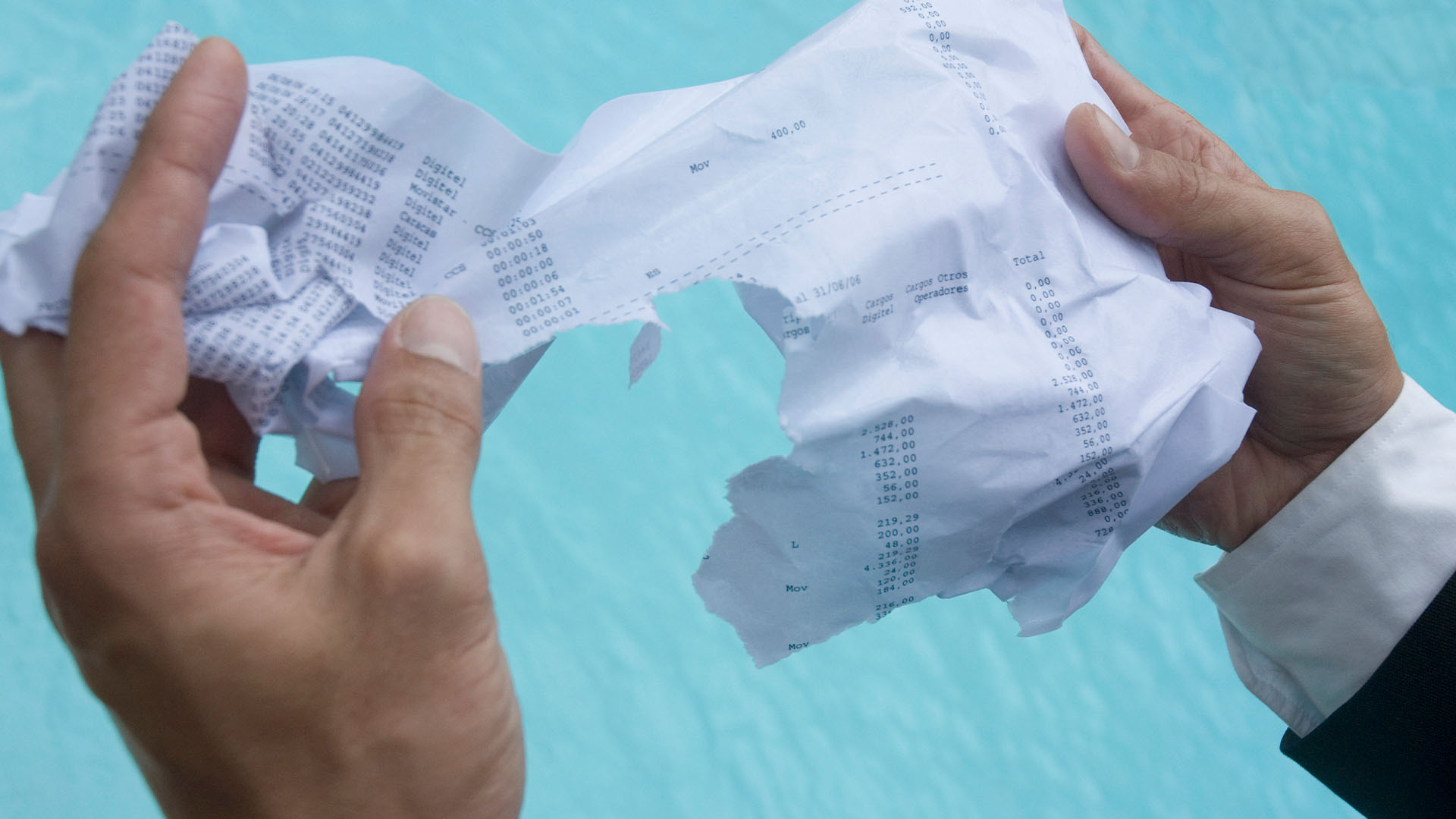
Victoria Atkinson
Victoria Atkinson is a freelance science journalist, specializing in chemistry and its interface with the natural and human-made worlds. Currently based in York (UK), she formerly worked as a science content developer at the University of Oxford, and later as a member of the Chemistry World editorial team. Since becoming a freelancer, Victoria has expanded her focus to explore topics from across the sciences and has also worked with Chemistry Review, Neon Squid Publishing and the Open University, amongst others. She has a DPhil in organic chemistry from the University of Oxford.
Latest articles by Victoria Atkinson
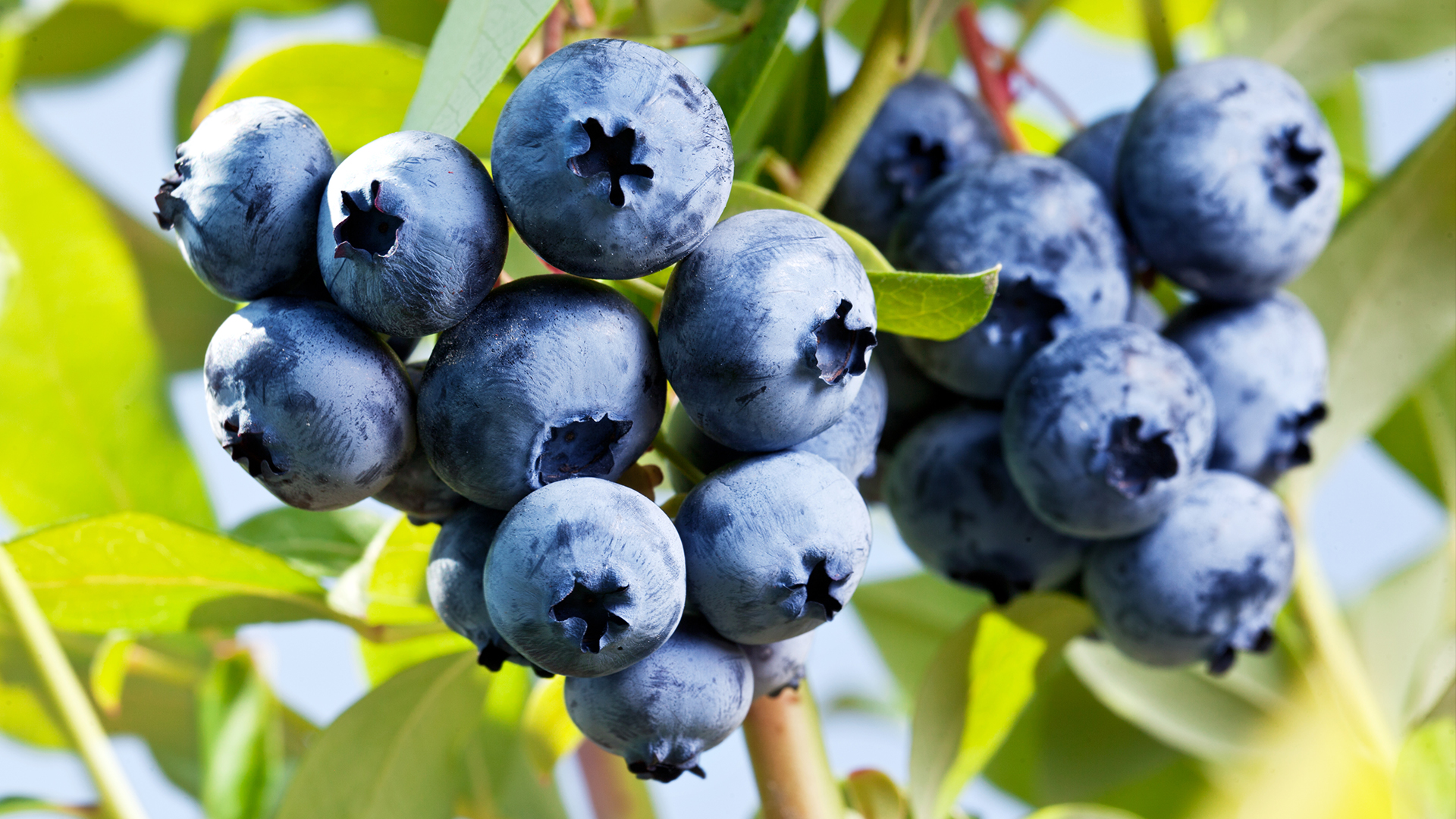
Why are blueberries blue?
By Victoria Atkinson published
We finally understand why blueberries are blue — and the secret lies not in the flesh or skin, but the waxy coating around it.
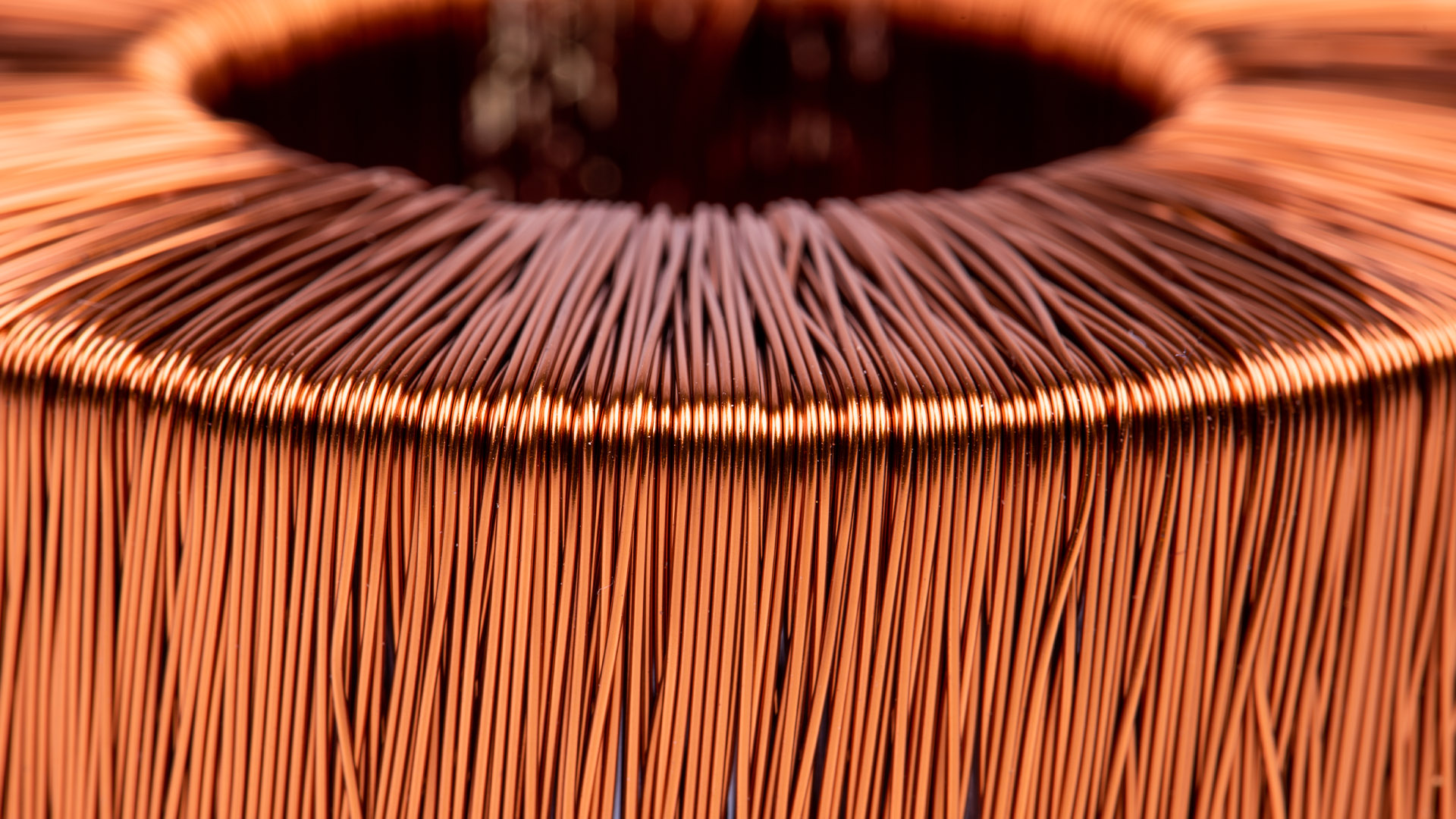
Is copper magnetic?
By Victoria Atkinson published
The reason for copper's unique properties comes down to the configuration of its electrons.

Can psychopaths learn to feel empathy?
By Victoria Atkinson published
People with psychopathic traits often struggle with emotional empathy, but they're usually adept at cognitive empathy and can use this to manipulate people.
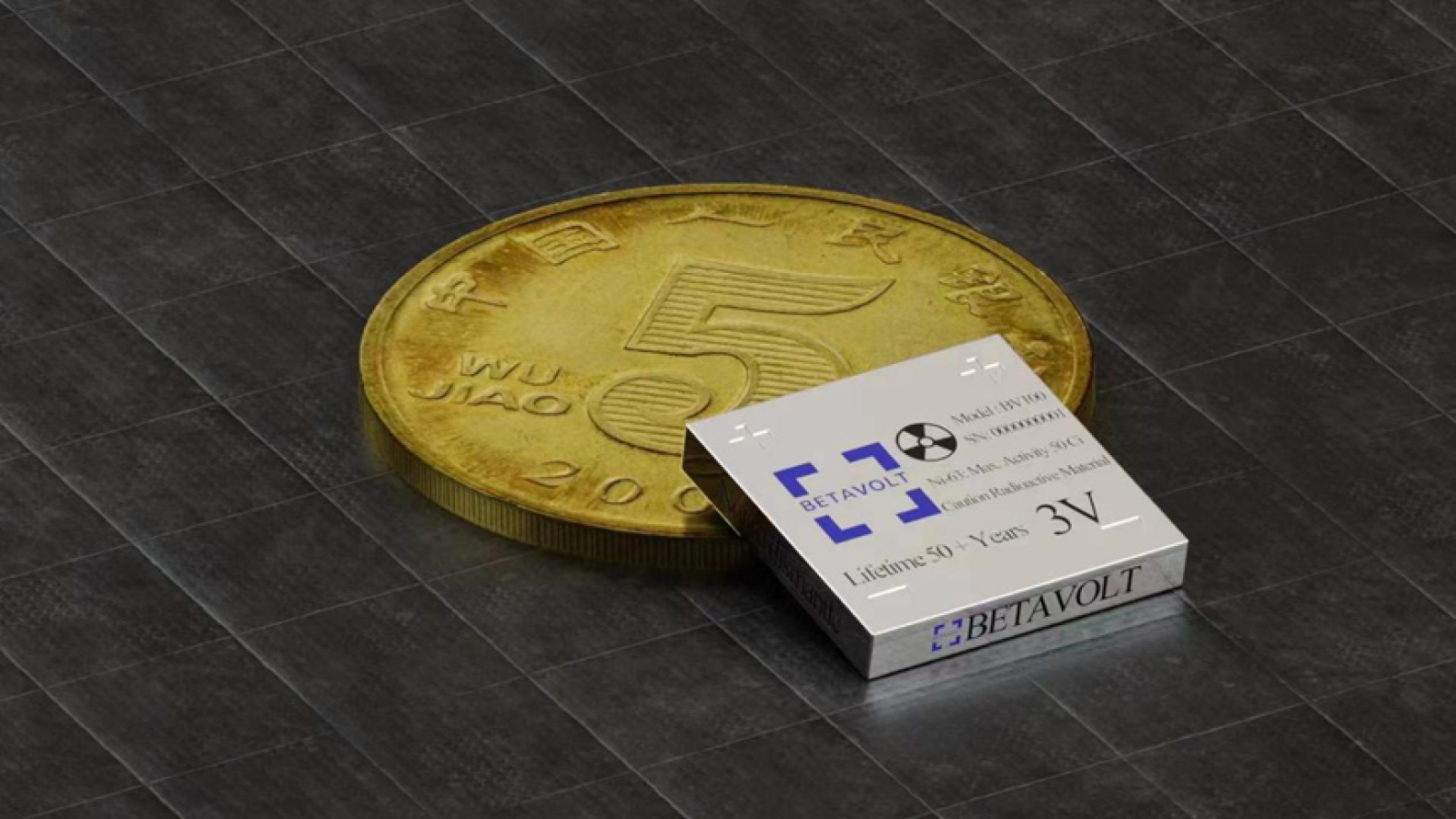
This tiny radioactive battery can last 50 years without recharging — and it's coming in 2025
By Victoria Atkinson published
BetaVolt's BV100 is smaller than a coin and contains a radioactive isotope of nickel that decays into copper and supplies power to a device for up to 50 years. But it probably won't power your smartphone anytime soon, an expert suggests.
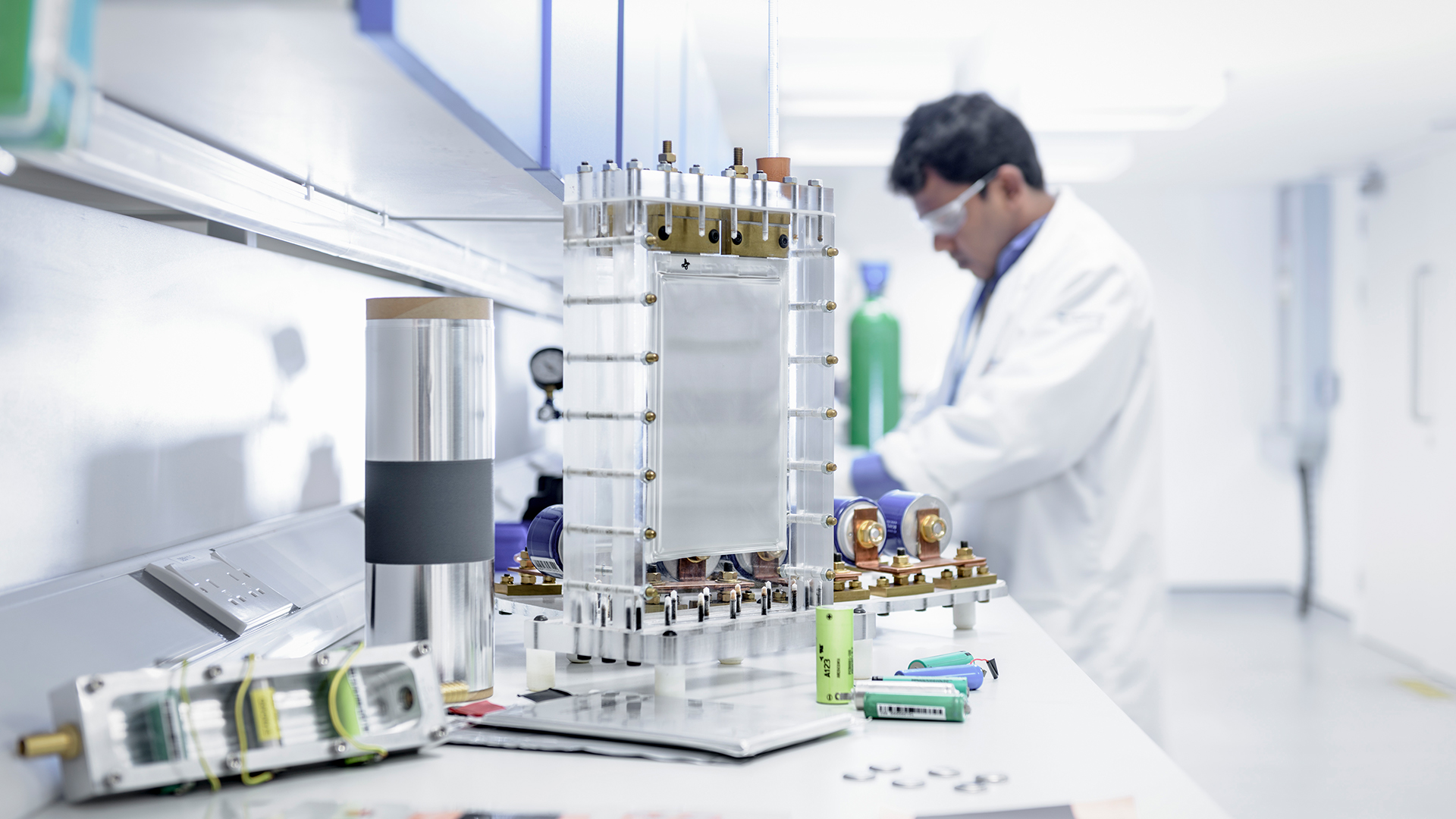
Scientists used AI to build a low-lithium battery from a new material that took just hours to discover
By Victoria Atkinson published
Microsoft's AI tool narrowed 32 million theoretical materials down to 18 in just 80 hours — with scientists synthesizing one that can reduce Lithium usage in batteries by 70%.

Typo in telescope coordinates reveals one of the faintest galaxies in the known universe
By Victoria Atkinson published
Astronomers accidentally uncovered an extremely dark primordial galaxy — one of the faintest objects in the universe — because of a typo in their telescope coordinates.
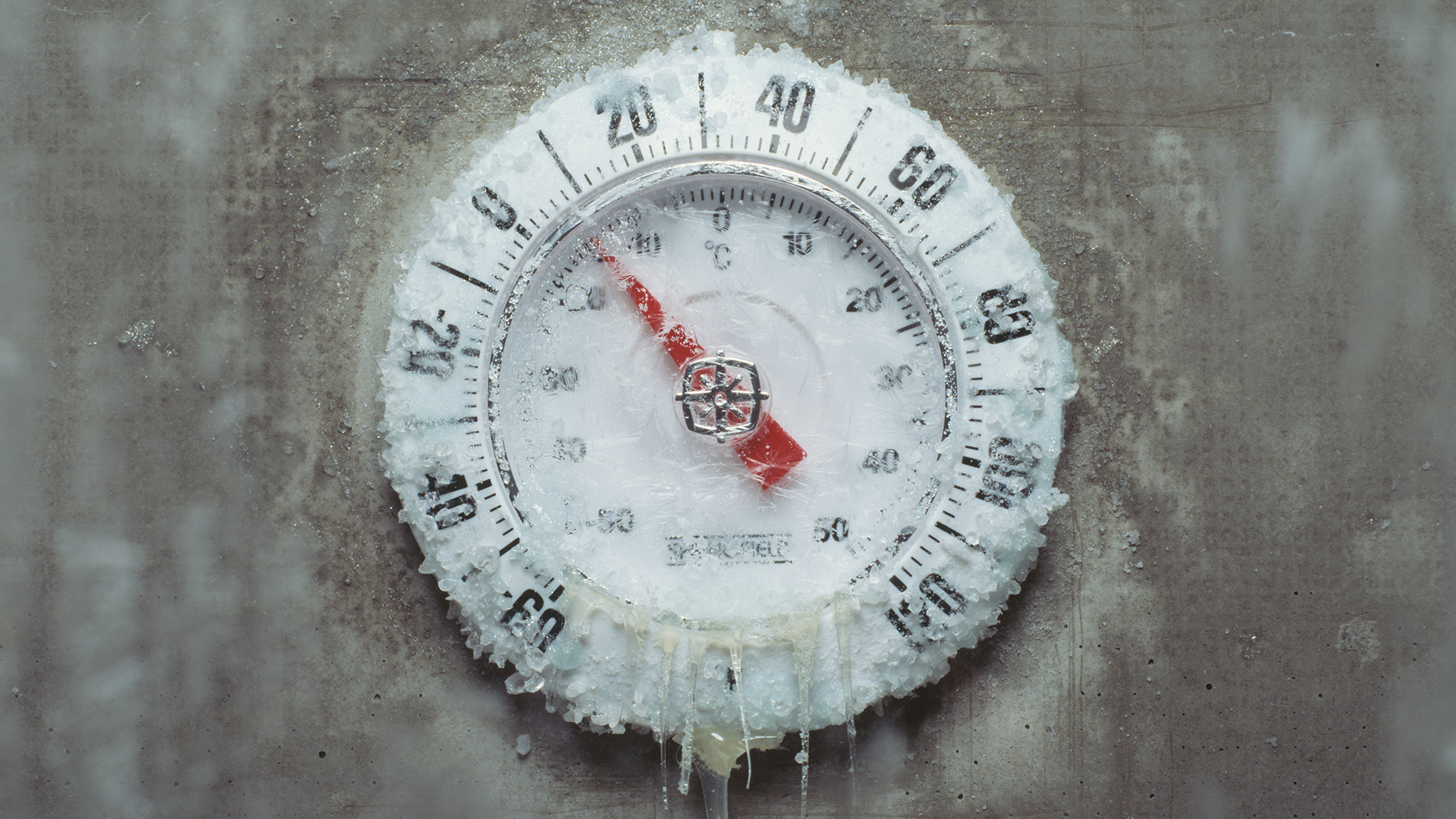
Is it possible to reach absolute zero?
By Victoria Atkinson published
To reach absolute zero, all of the particles within an object have to stop moving.

What's the farthest place the Vikings reached?
By Victoria Atkinson published
The Vikings reached as far west as Newfoundland, but did they also venture into Africa, the Middle East and Asia?

New battery tech will slash charging times and boost EV range before the decade is out
By Victoria Atkinson published
Panasonic signs a deal with Sila Nanotechnologies that will see its fleet of EVs use better-performing and longer-lasting lithium-ion batteries that swap graphite for silicon.
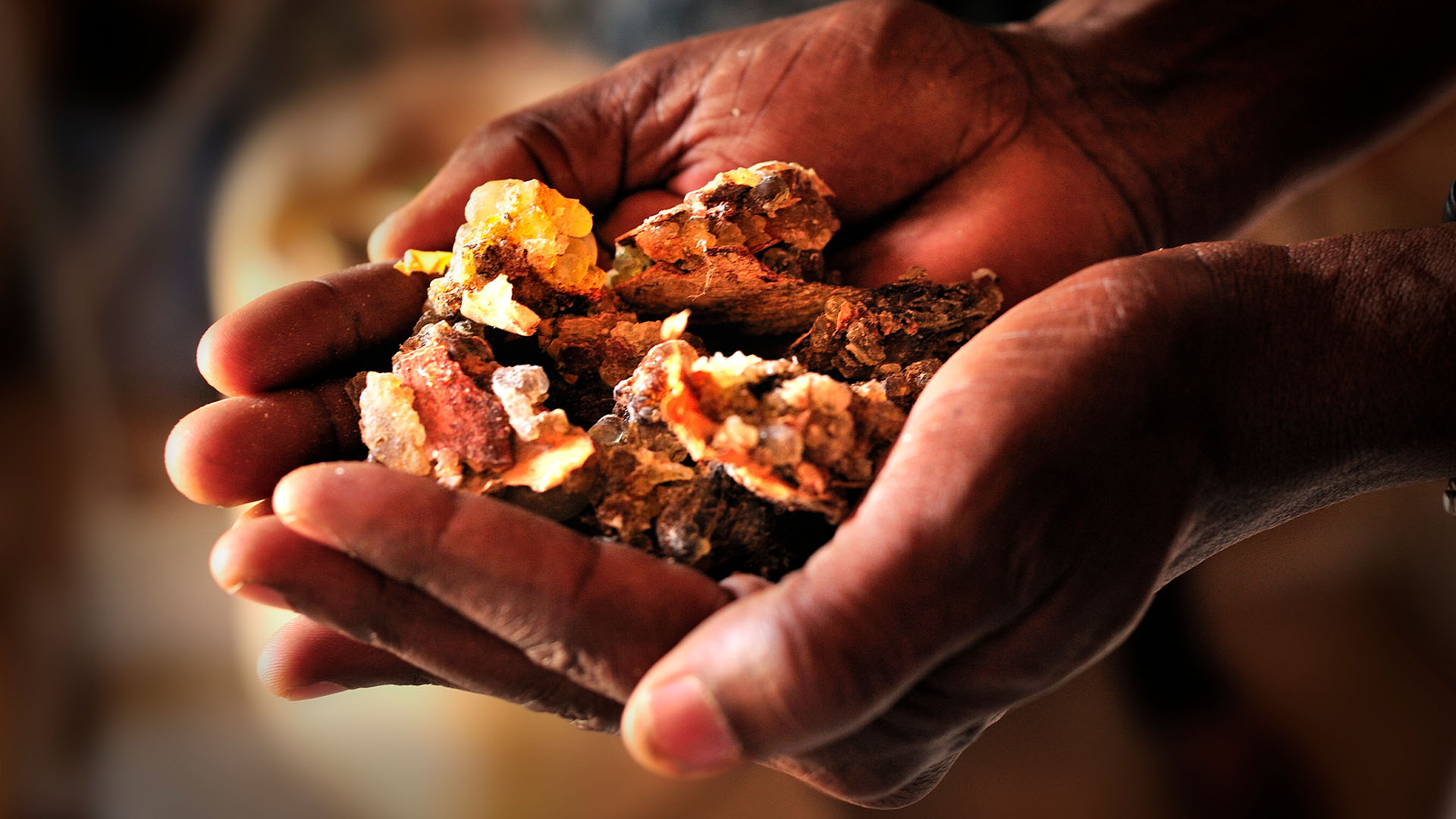
What is frankincense?
By Victoria Atkinson published
Why is frankincense associated with Christmas and medical treatments?

How long is a second?
By Victoria Atkinson published
The length of a second depends on how you're measuring it.

Can foxgloves really give you a heart attack?
By Victoria Atkinson published
Foxgloves contain digoxin, a drug used to treat cardiac arrhythmia and heart failure that can also be toxic. But can ingesting it cause a heart attack?
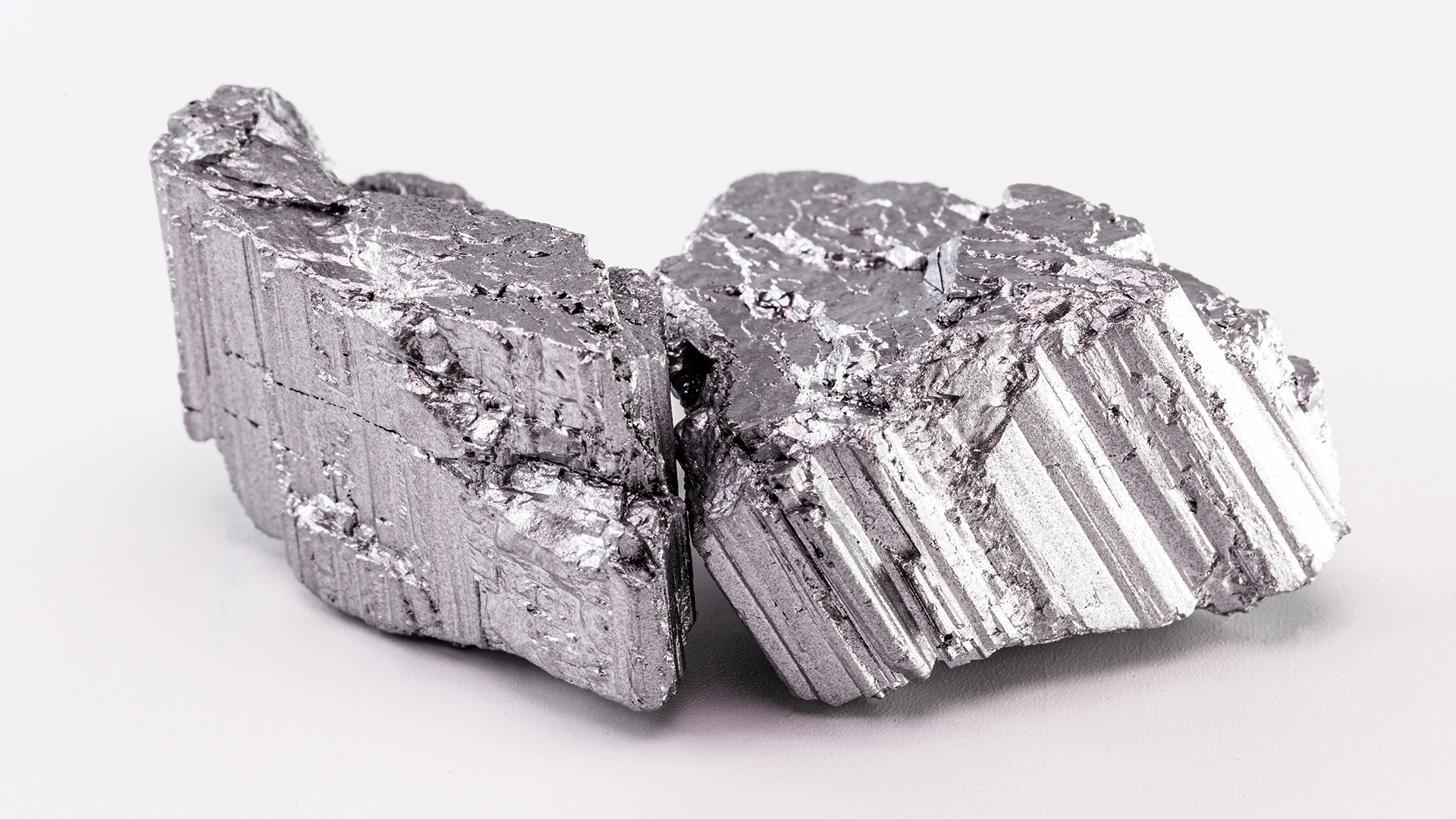
Why are rare earth elements so rare?
By Victoria Atkinson published
There are 17 rare earth elements on the periodic table, but a better name for them would be the "troublesome earths." Here's why.
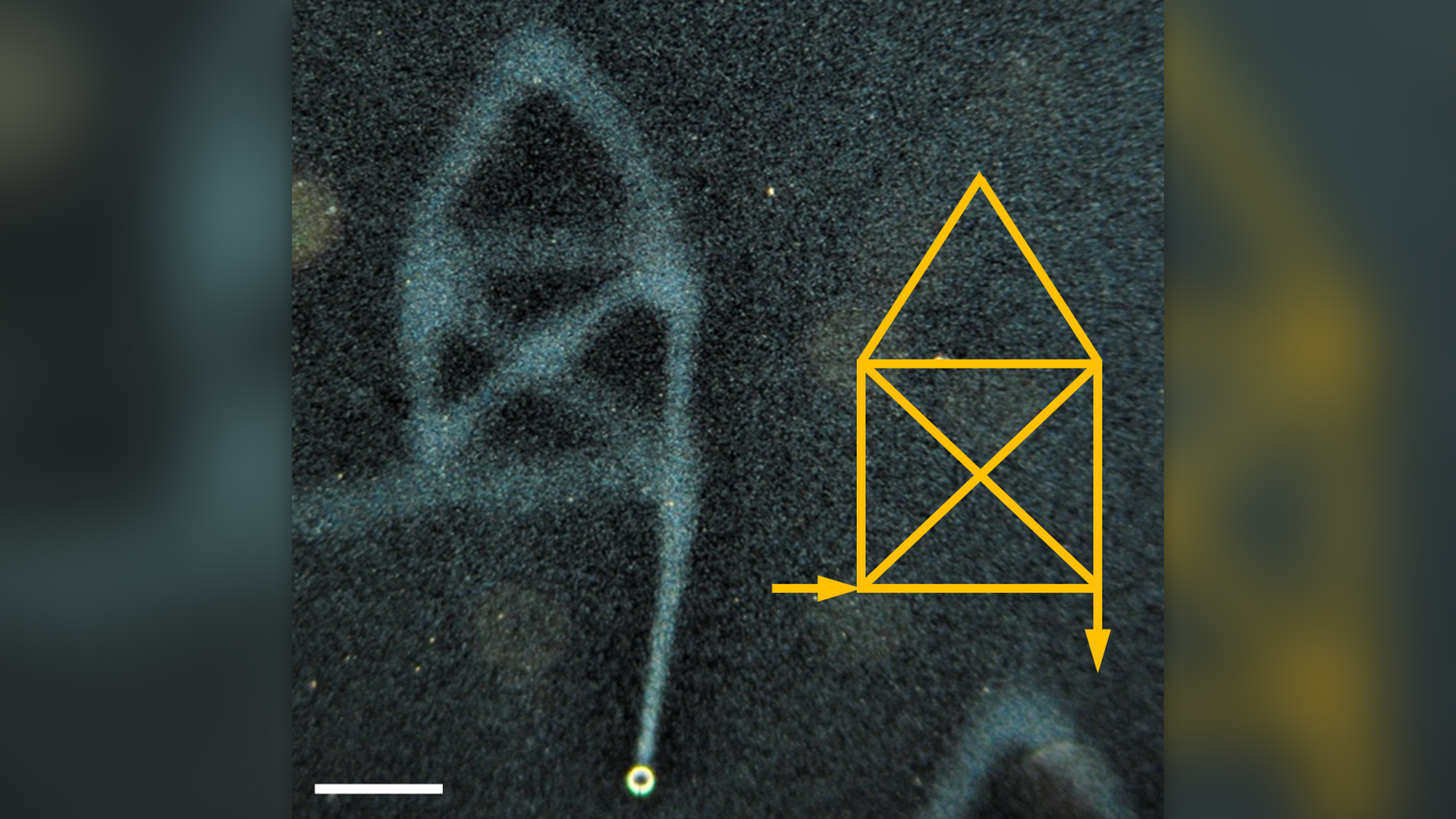
For 1st time, scientists write words in liquid water
By Victoria Atkinson published
Scientists used a process called 'diffusioosmosis' to write words that lingered in liquid water.

Is glass a liquid or a solid?
By Victoria Atkinson published
Glass has unique properties, but is it a solid or a liquid, or does it fall into its own scientific category?

Used coffee grounds make concrete 30% stronger
By Victoria Atkinson published
Used coffee grounds that are heat treated increase the compression strength of concrete.
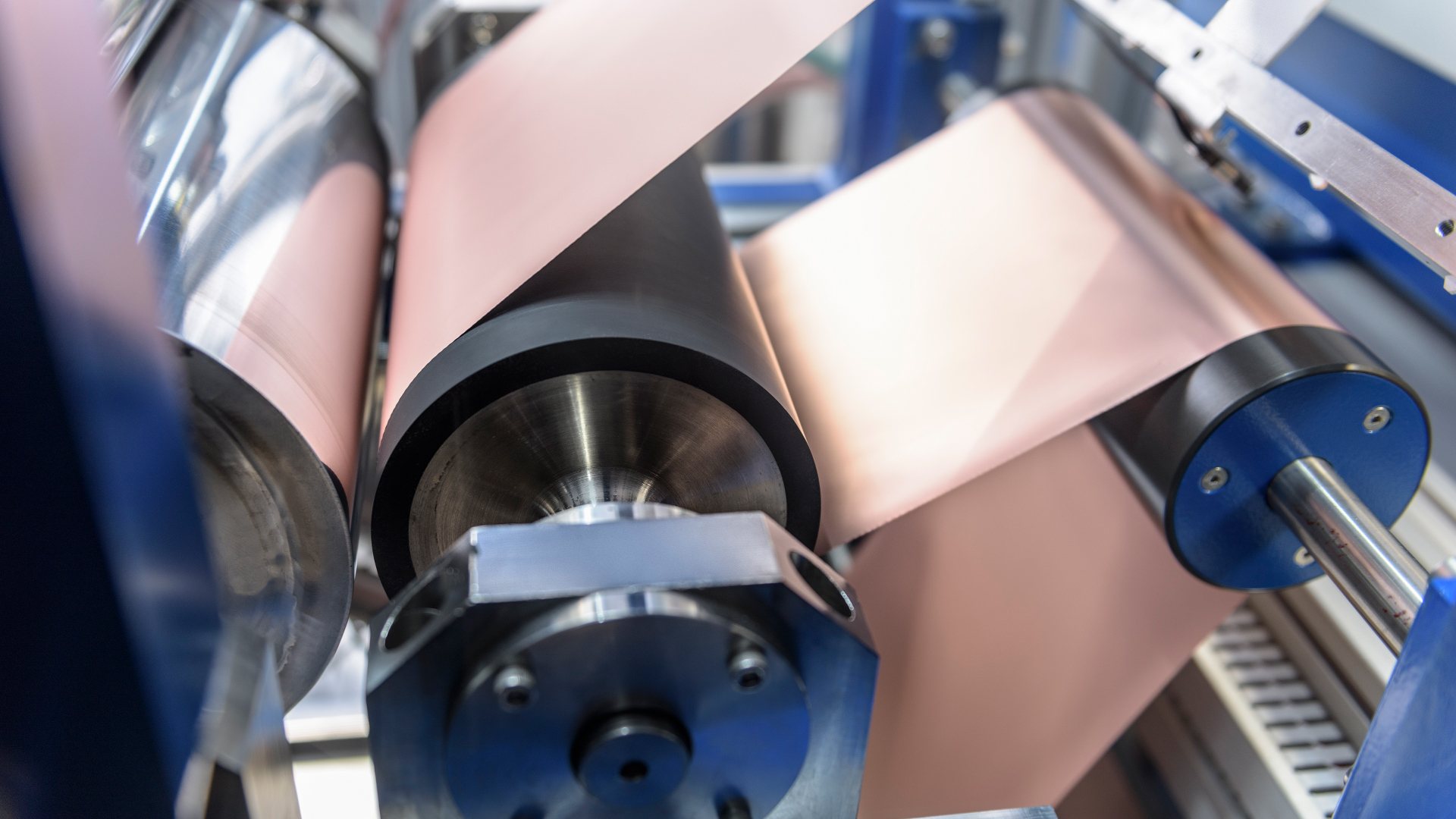
How do electric batteries work, and what affects their properties?
By Victoria Atkinson published
Electric vehicles use lithium ion batteries with small amounts of nickel, manganese and cobalt. How do they work and what chemistry affects their properties?
Sign up for the Live Science daily newsletter now
Get the world’s most fascinating discoveries delivered straight to your inbox.
